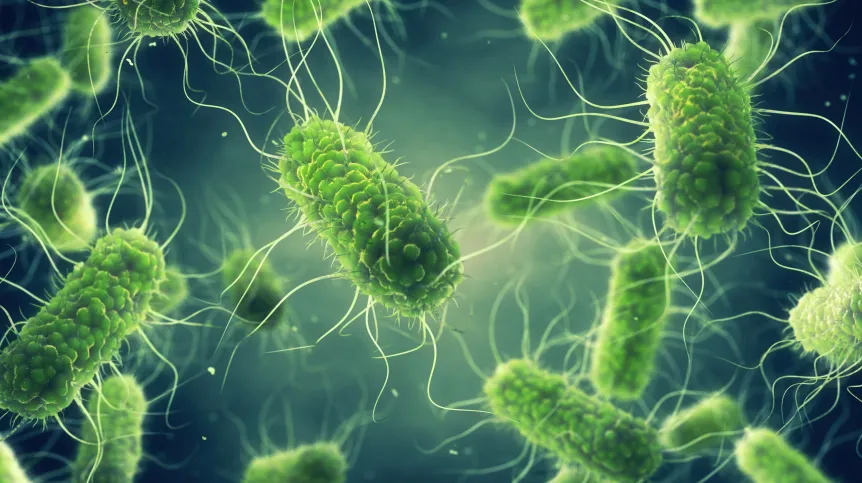
Scientists at the University of Florida have developed and pre-clinically tested an innovative method of vaccination against nontyphoidal salmonella using small extracellular vesicles.
The senior author of the study is Mariola Edelmann, a researcher of Polish origin.
Currently there is no FDA-approved human vaccine for nontyphoidal salmonella (one that does not cause typhoid fever, only other types of gastrointestinal infection). This type of salmonella kills hundreds of thousands of people and infects approx. 93.8 million globally each year.
Edelmann's team took a completely innovative approach. The researchers used small extracellular vesicles (sEVs), which resulted in the development of a promising vaccine. In their latest study, during pre-clinical research, the scientists showed that the preparation increased the immunity of vaccinated mice to bacteria of the genus Salmonella and helped them survive an otherwise deadly infection.
Edelmann said: “Mice actually get a lot sicker from this strain of salmonella than humans do, so the fact that our treatment allowed the mice to survive is promising.”
She added that small extracellular vesicles are tiny spherical structures produced by cells to communicate with other cells. For example, infected immune cells produce sEVs that alert their 'neighbours' to the threat.
In the study, the researchers wanted to find out if giving mice sEVs produced by cells that had recently battled salmonella would inoculate the animals against a future salmonella infection.
Rodents were divided into three groups: the first received sEVs orally, the second through a nasal spray, the third group was given saline. After four weeks, all animals were infected with salmonella.
It turned out that only those mice that received sEVs nasally were able to produce so-called memory immune response and survive the infection.
The researchers then compared the mice that received the new vaccine to those that were infected with a weakened strained of salmonella. This weakened strain is often used to compare the efficacy of a potential salmonella vaccine. The scientists found that mice from both groups survived the later salmonella infection.
First author of the paper and doctoral candidate Lisa Emerson said: “The weakened strain is not a viable human vaccine because it's still a live pathogen and could make you sick. However, with sEVs, we saw the same protective effects as the weakened strain but without that risk of illness.”
For now, scientists do not know how long after immunization with sEVs the immune system maintains the ability to recognize and fight bacteria, or how long the immune memory lasts as a result of vaccination. Their experiments covered a four-week period.
The next stage of Edelmann's team's research will be an attempt to understand why giving the sEVs nasally, rather than orally, helped the mice build immunity. The scientists will also explore how to scale up the production of sEVs, which is a necessary step in mass-producing a vaccine.
She said: “Mass-producing sEVs could have benefits beyond preventing salmonella. sEVs could be used to deliver a vaccine to protect against other infectious diseases.
“What's especially novel about this is approach is that we are using a tool cells already use to communicate as a way to boost immunity against a disease.”
PAP - Science in Poland, Katarzyna Czechowicz
kap/ zan/ kap/
tr. RL













